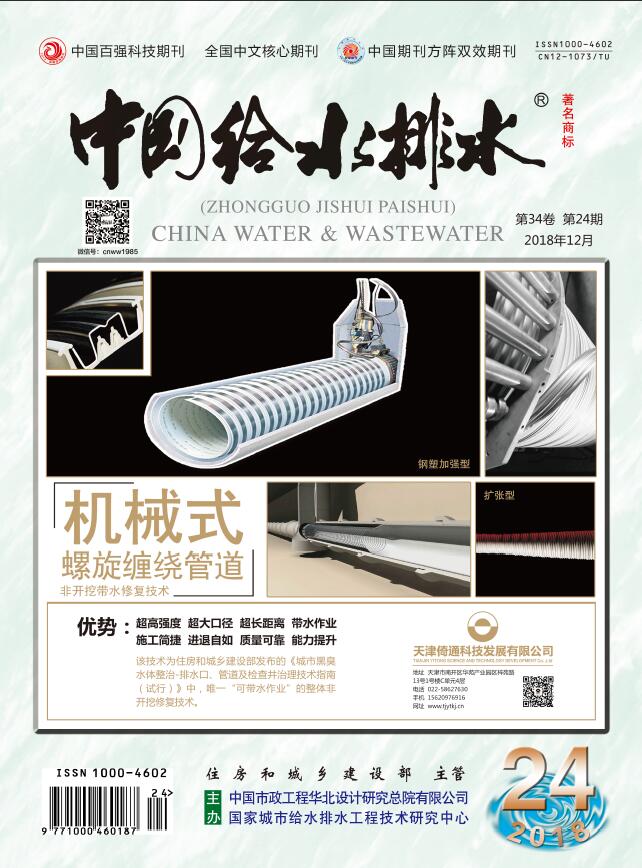SONGXin,LIWei-ying,WANGYue,et al.Impacts of Ozone-Biological Activated Carbon Process on Physicochemical Properties of Drinking Water Distribution Networks[J].China Water & Wastewater,2025,41(13):79-86.
Impacts of Ozone-Biological Activated Carbon Process on Physicochemical Properties of Drinking Water Distribution Networks
China Water & Wastewater[ISSN:1000-4062/CN:12-1073/TU]
volume:
第41卷
Number:
第13期
Page:
79-86
Column:
Date of publication:
2025-07-01
- Keywords:
- ozone-biological active carbon process; drinking water distribution network; water quality; pipe wall; biofilm
- Abstract:
- Ozone-biological activated carbon (O3-BAC) and traditional treatment process were employed in an actual drinking water distribution network of a southern city. The impacts of the O3-BAC on drinking water quality within the network and the biofilm formation on the pipe walls were investigated. The TOC, Fe, and Mn in the O3-BAC-treated water within the pipe network were (1.14±0.21) mg/L, (24.28±20.43) μg/L, and (3.48±3.21) μg/L, respectively. Following traditional treatment process, the corresponding values increased to (1.47±0.24) mg/L, (64.24±97.29) μg/L, and (7.18±6.78) μg/L, respectively. These results indicate that the water quality of O3-BAC-treated water in the pipe network is superior compared to that after traditional treatment process treatment. However, the analysis of the biofilm on the pipe wall revealed that the pollutant contents in the O3-BAC biofilm were higher. Specifically, the TOC, Fe, and nitrate were (21.57±8.26) mg/cm3, (351.37±169.92) mg/cm2, and (3.33±3.45) mg/cm2, respectively. This discrepancy may be attributed to the fact that the TOC fraction of the O3-BAC biofilm on the pipe wall contains a higher proportion of phenolic compounds. These compounds can facilitate the deposition of metal ions in the pipe network water, leading to the accumulation of more pollutants on the pipe wall. Meanwhile, the analysis of bacterial genus communities indicated that nitrate metabolism bacteria were predominant in the biofilm on the pipe wall, accounting for relative abundance of 22.5% (O3-BAC) and 53.7% (traditional treatment process), respectively. This suggests that the O3-BAC biofilm on the pipe wall exhibits a high heterotrophic metabolic capacity, which may expedite the corrosion process of the pipe wall.
Last Update:
2025-07-01

